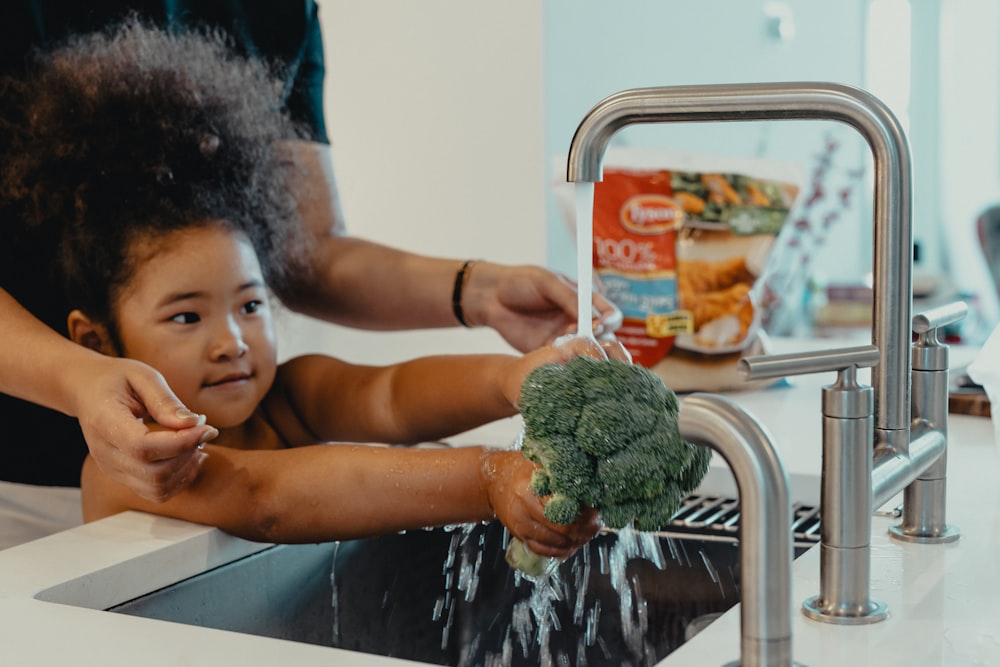Navigating the Troubles of a Clogging Toilet: Effective Solutions Understanding the Causes A clogging toilet can be a frustrating and...
plumbing issues
Introduction: The Plight of the Leaking Tap Leaking taps are more than just a nuisance; they represent a significant waste...
It is common for plumbing problems often occur right after you buy your home. The bathrooms and kitchen are the...
Water is important to all life forms, but it can also be a nemesis to the frustrated homeowner dealing with...
Navigating the Plumbing Maze: Tackling the Menace of Clogged Pipes In the intricate dance of household maintenance, few things disrupt...







